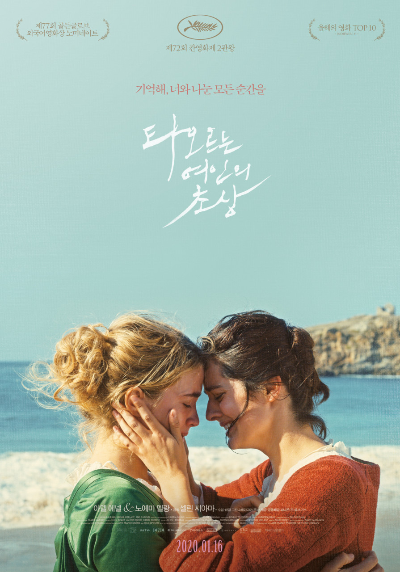
Introduction
Portrait of a Lady on Fire (2020), directed by Céline Sciamma, is an evocative masterpiece that captures the depth of human emotions, artistic expression, and forbidden love. While its cinematography and performances are often celebrated, the film’s unique and minimalistic sound design plays an equally vital role in its success. From its strategic silence to its emotive use of music, the soundscape amplifies the storytelling, making it a key factor in the film’s critical acclaim and popularity. In this article, we’ll explore how sound design contributes to the film’s success, focusing on its narrative relevance, emotional impact, and immersive qualities.
1. Narrative Relevance: Building Atmosphere Through Silence and Sound
One of the most striking aspects of Portrait of a Lady on Fire is its deliberate use of silence. Unlike many films that rely on constant background scores, Sciamma uses silence as a storytelling tool. The absence of music in several key scenes allows viewers to focus on subtler auditory elements such as the crackling of fire, the rustle of fabric, and the crashing of ocean waves. These sounds immerse the audience in 18th-century France and reflect the isolation of the characters. For instance, the sound of footsteps echoing in empty hallways heightens the sense of solitude experienced by Marianne and Héloïse. This careful sound design builds a tangible atmosphere that feels almost tactile, making the film’s historical setting come alive. As a sound designer, this approach highlights the importance of intentional silence as a means to evoke tension and intimacy.
2. Emotional Impact: Enhancing Relationships with Sound
The sound design also plays a pivotal role in amplifying the emotional intensity between the protagonists. When music does appear, it is purposeful and profound. The choral rendition of Vivaldi’s Four Seasons during the bonfire scene is a prime example. This piece, chosen for its haunting and layered tones, mirrors the emotional crescendo between Marianne and Héloïse. Moreover, the sparse use of diegetic music, such as Marianne playing the harpsichord for Héloïse, underscores their growing bond. These moments are intimate and raw, as the sound of the music contrasts with the silence that dominates the rest of the film. The auditory choices heighten the viewer’s emotional engagement, making the relationship feel more personal and impactful. For a sound designer, this illustrates the power of selective soundscapes in creating emotional depth.
3. Immersive Qualities: Drawing Viewers into the World
Finally, Portrait of a Lady on Fire achieves remarkable immersion through its naturalistic soundscape. The detailed auditory layers, from the crackling of the titular fire to the rhythmic crashing of waves, transport the audience to Héloïse’s windswept coastal home. The sounds are not just background noise; they are integral to the narrative, symbolizing the characters’ inner turmoil and passion. For example, the sound of the sea is a recurring motif, representing both freedom and confinement. When Héloïse stands at the edge of a cliff, the roaring waves amplify her internal struggle, blurring the line between her physical and emotional world. For sound designers, this use of ambient noise demonstrates how sound can elevate a story’s themes and visual elements, creating a fully immersive cinematic experience.
Conclusion
The success of Portrait of a Lady on Fire lies not only in its visual storytelling but also in its masterful sound design. By using silence strategically, enhancing emotional connections through music, and crafting an immersive soundscape, the film captivates its audience on multiple sensory levels. For sound designers, it serves as a powerful case study of how subtle auditory choices can significantly influence a film’s impact and resonance. In a cinematic landscape often dominated by bombastic soundtracks, Portrait of a Lady on Fire reminds us of the understated brilliance of minimalist sound design. It proves that sometimes, what you don’t hear is just as important as what you do. This approach, combined with the film’s compelling narrative and artistry, is undoubtedly one of its key factors in achieving critical and commercial success.